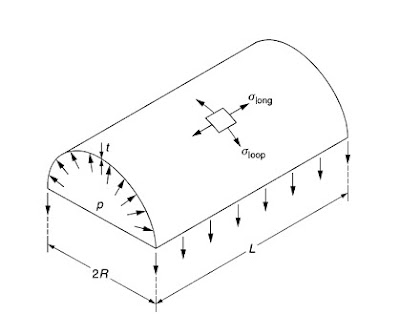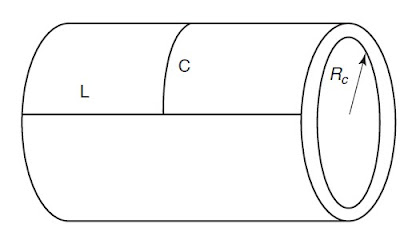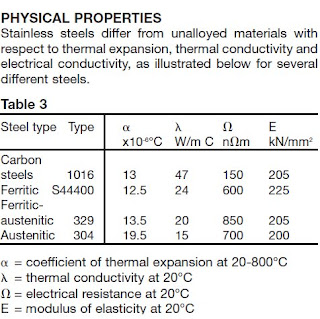Design : 1 : Shell
We design pressure vessel for longitudinan and circumferencial stresses. Now whats that?
Ok, longitudinal stresses comes on circumferencial joints, where as circumferencial stresses comes on longitudinal joints.
And to add cherry on top circumferencial stresses are twise that of longitudinal stresses.
If you are not yet twisted your tongue, and to avoid that we generally call them c’seam and l’seam and c’stress and l’stress.
In below pictures, one can identify types of Seams and Stress.
here p is design pressure, R is internal Radius, L is Length of shell, t is thickness of shell.
Hence with the basic mechanical formula,
t for Hoop stresses = pL (2R)/2 xStressx L = pR/Allw. Stress
t Longitudinal stresses = px3.14xR^2 / (2×3.14xRxAllw. Stress) = PR/2 Allw. Stress
& what ASME Says..
t for Hoop Stress = PR/(SE – 0.6P)
Where S > All. Stress, E > Joint Eff. or factor of safety
why 0.6 P, because, its factor of safety set by ASME People
&
t for Longitudinal Stress = PR/(2SE+0.4P)
Note the ‘2’ in denominator..
if E remain the same for both cases, then thickness given by Hoop stress will be twice that of by Longitudinal stresses
For Calculation Sheet Visit http://sumitmechsoftware.blogspot.com/





What is Pressure Vessel?
Pressure vessels are probably the most widespread “machines” within the different industrial sectors. In fact, there is no factory without pressure vessels, steam boilers, tanks, autoclaves, collectors, heat exchangers, pipes, etc.
More specifically, pressure vessels represent components in sectors of enormous industrial importance, such as the nuclear, oil, petrochemical, and chemical sectors.
There are numerous Codes & Laws present in each country to control the usage of this ‘machines’! its useful but its dangerous!
What one need to design a Pressure Vessel?
● good workmanship with regard to the tools used,
● knowledge of the basic engineering principles and the phenomena involved,
● fantasy and creativity with regard to the selection of the models used,
● fair knowledge of the legal requirements pertaining to design,
● fair knowledge of manufacturing and testing procedures, and especially
● extreme carefulness in each step, from the design specification to the design
report.
Pressure Vessel mostly are made-up of ‘Steel’ Steel behaves in an elastic fashion even beyond the proportional limit, as long as another characteristic point corresponding to stress called elastic limit is not exceeded.In practice, we typically equate the proportional limit to the elastic limit.
we always discuss the steel’s behavior at room temperature. It is, however, of the greatest importance to be aware of the influence of temperature on the mechanical characteristics of the material. As we shall see, not only temperature but also time may have a strong influence.
Next we will discuss some “TERMS”
Share this:
Like this: